Popular on Food52
10 Comments
BoulderGalinTokyo
March 23, 2012
Such fun to read! A perfect result, (^-~) but I don't think I'll attempt this one.
Sagegreen
March 22, 2012
What a great series!!! I am returning to Austin in the spring of 2013 for a conference, if not sooner. We will just have to plan some experiments.
Greenstuff
March 21, 2012
This series is so much fun! I especially love it that you've taken this uber-exact field, freed yourself a bit, and experimented. That's the work of a truly CREATIVE scientist! Your stories, pictures, and video have been highlights of my mornings all week.
One little note from the uber-exact point of view though--you might fix your typo where you say that a pH greater than 5 can cause problems. It's the pH less than 5 that's more acidic.
One little note from the uber-exact point of view though--you might fix your typo where you say that a pH greater than 5 can cause problems. It's the pH less than 5 that's more acidic.
arielleclementine
March 21, 2012
thank you so much, Greenstuff! you really made my day :) thanks for the correction too! an insight into my very un-science-y mindset! i'll see if Miranda can correct the error :)
duclosbe1
March 21, 2012
I'm in awe of your ambition. These recipes sound so fun, but all that detail...goodness! I would have given up by now. I really can't wait to see how it all turned out!
arielleclementine
March 21, 2012
that's so kind of you, forester_lady! these recipes were definitely more detailed than the ones i'm used to, but it was fun to try something so different!
Waverly
March 21, 2012
Well done! I am in awe of your foray into molecular gastronomy - a project done with an 8 month old by your side!
arielleclementine
March 21, 2012
thank you, Waverly! you'll see a lot more of henry in tomorrows post about the two days of prep work!
char&feather
March 21, 2012
Your food looks great but I wanted to know where you got that apron in your photos? My sister would love something like that. Let me know where I could pick her up one.
Thanks
Thanks
arielleclementine
March 21, 2012
thanks char&feather! the apron is from anthropologie- they always have an adorable assortment of them! http://www.anthropologie.com/anthro/category/aprons/home-kitchen-aprons.jsp (also- i love your cook name!)

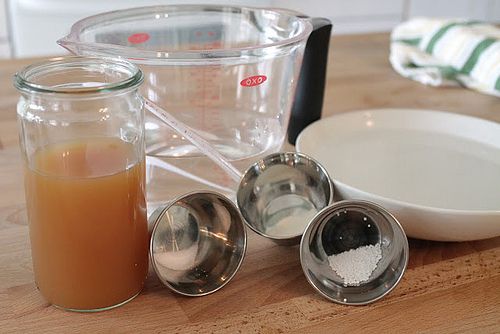


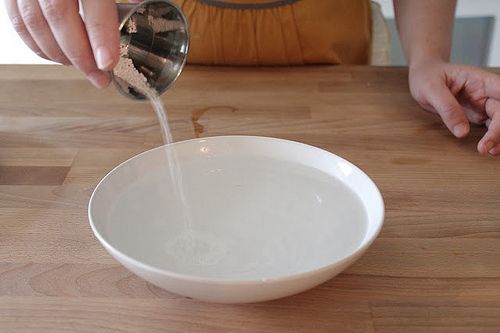
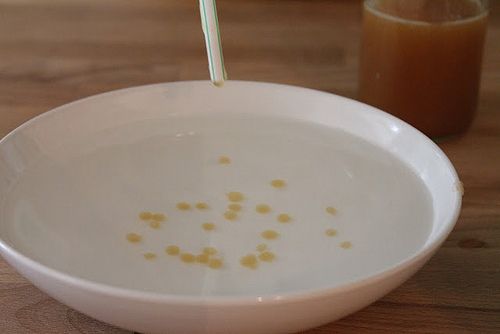
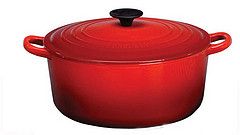
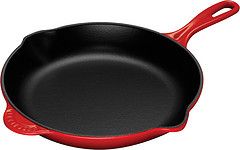
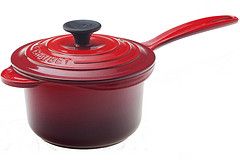
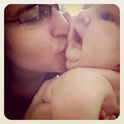
See what other Food52 readers are saying.